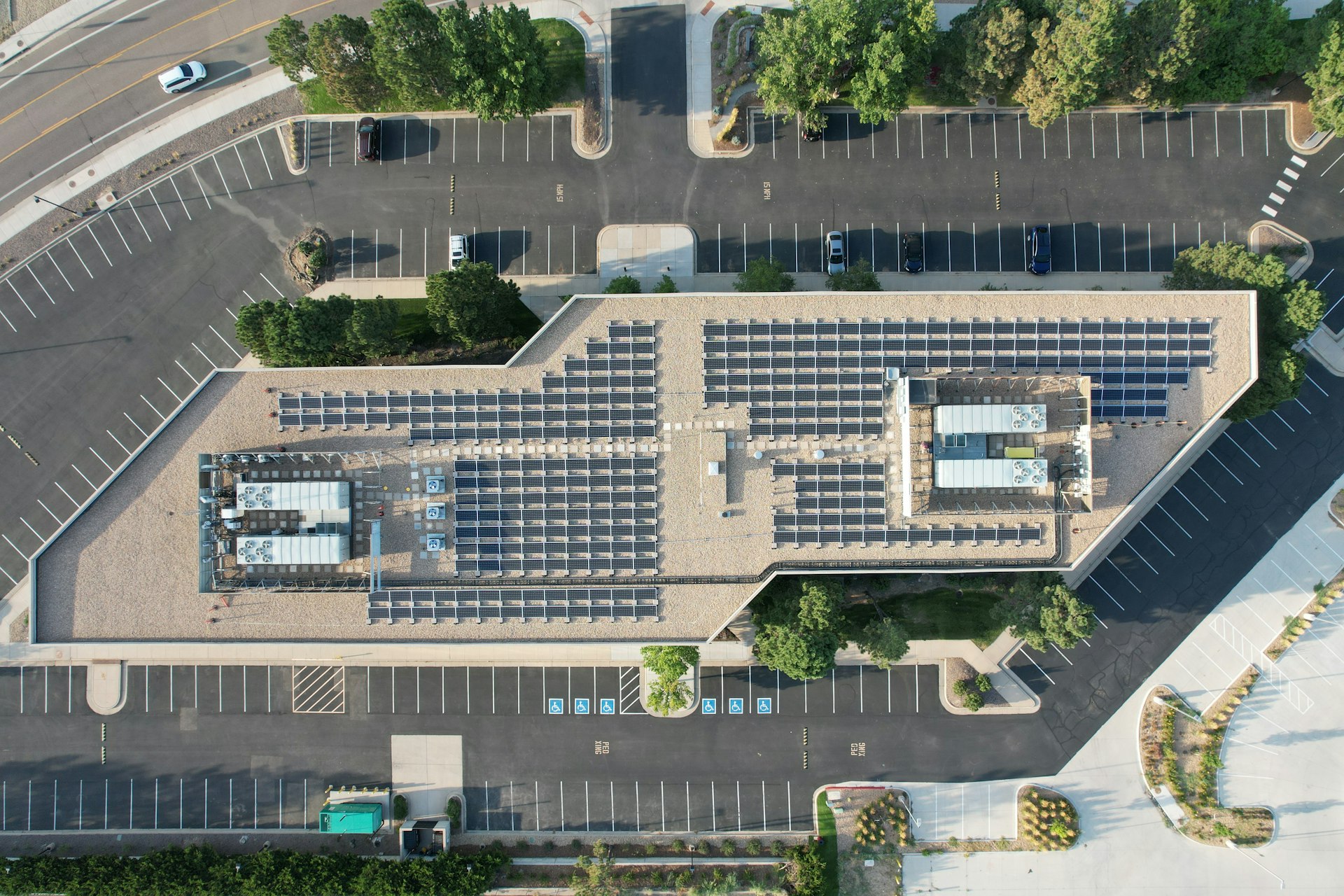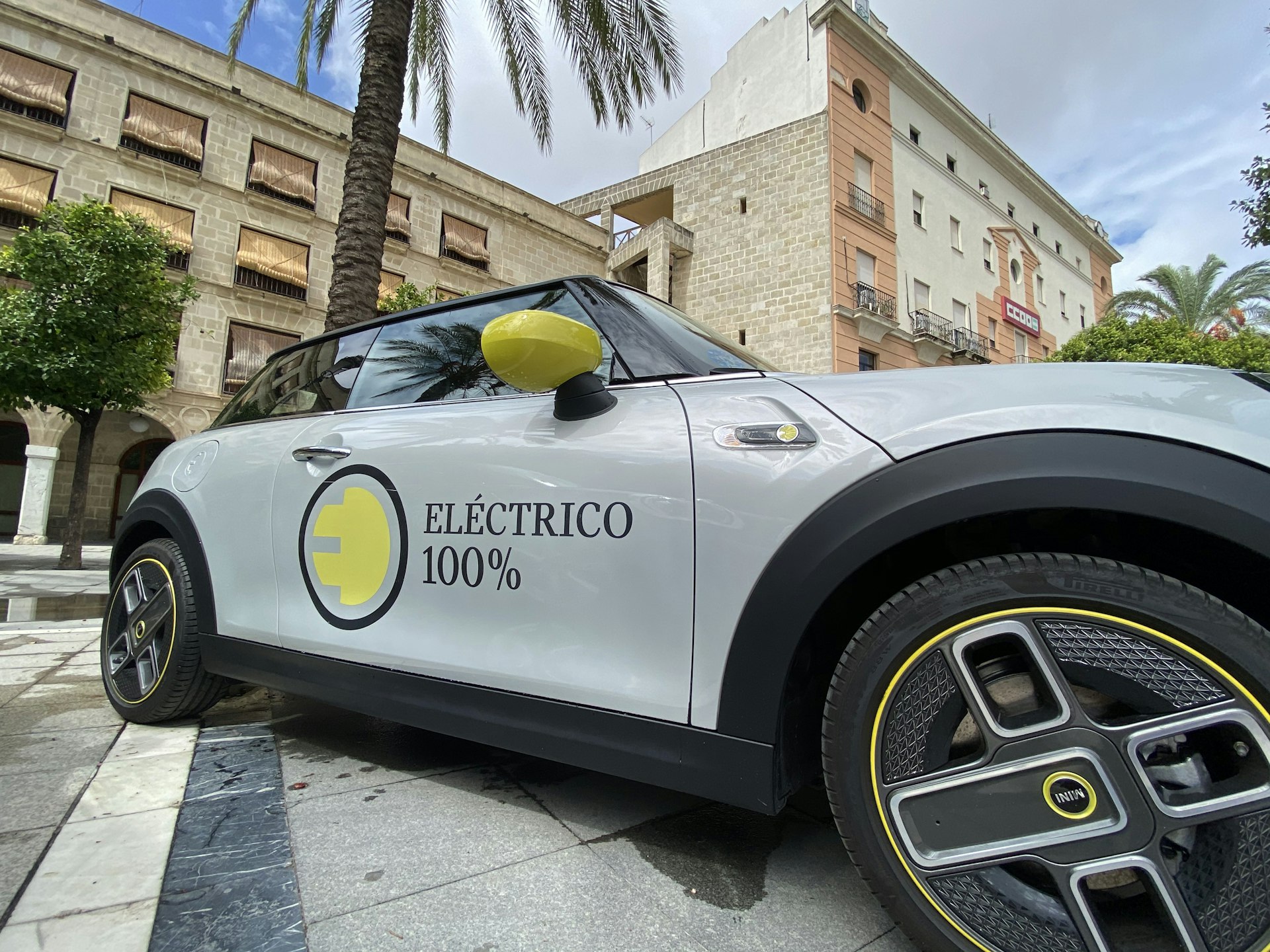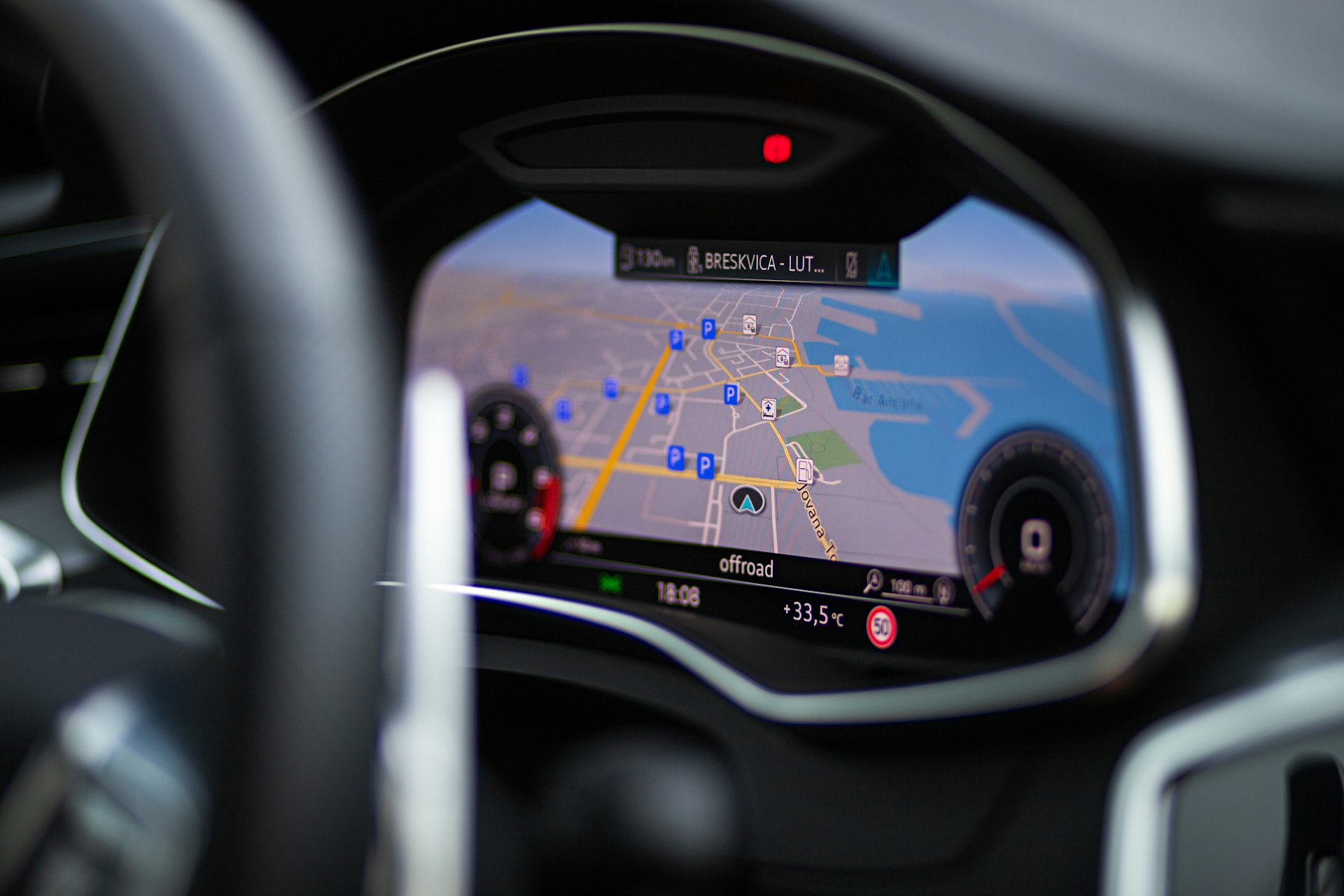Emerging Trends in Overlanding and Off-Grid Vehicles: Technology, Sustainability, and Practical Adoption

Photo by VINCENZO INZONE on Unsplash
Introduction: The Evolution of Overlanding and Off-Grid Vehicles
The world of overlanding and off-grid vehicles is undergoing a remarkable transformation. Driven by advances in electric vehicle (EV) technology, sustainable energy systems, and a growing demand for energy independence, modern adventurers and nomads now have access to tools that make off-grid living more practical and eco-friendly than ever before. This article explores current trends, real-world examples, and provides actionable guidance for those interested in adopting or investing in off-grid vehicle solutions.
1. Electrification of Overlanding and Recreational Vehicles
One of the most significant shifts in the industry is the move toward electric recreational vehicles (e-RVs) and the integration of electric powertrains in off-grid vehicles. Companies such as Winnebago, Thor Industries, and Living Vehicle are at the forefront of this movement, introducing vehicles and trailers equipped with battery packs, solar panels, and even hydrogen-extended range systems [4] . For example, the Airstream eStream trailer features its own electric propulsion and battery system, allowing it to assist with towing and power itself, thus reducing the energy demand on the tow vehicle.
Benefits: Electrification reduces fossil fuel reliance, simplifies maintenance (no propane systems), and offers new features like ‘Mover Mode,’ which lets users remotely maneuver trailers using a mobile app, enhancing convenience at campsites [4] .
Challenges: Current e-RVs and trailers may have limited range and require careful trip planning, especially in remote areas. Battery technology and charging infrastructure are rapidly improving, but prospective users should evaluate their travel habits and routes.
How to Start: Research leading manufacturers (Winnebago, Airstream, Thor Industries) for the latest electric and hybrid RV models. When considering a purchase, inquire about battery capacity, solar capability, and available support networks.
2. Off-Grid EV Charging: Feasibility and Adoption
Charging EVs off-grid was once a daunting challenge, but recent advances in renewable energy, portable battery storage, and charging infrastructure have made off-grid EV charging increasingly practical [1] . Off-grid charging systems typically use a combination of solar panels, wind turbines, and high-capacity batteries to deliver reliable power without the need for traditional grid access.
Case Study: Companies like Sunnoo have developed mobile charging solutions that let users charge their EVs using solar arrays and advanced storage. These systems are ideal for remote travel, disaster preparedness, and eco-conscious living.
Benefits: Off-grid charging reduces dependence on fossil fuel-powered grids, increases energy security, and can provide peace of mind in areas prone to outages or lacking infrastructure [1] .
Implementation Steps:
- Assess your vehicle’s charging requirements (kWh needed per day).
- Consult renewable energy providers about portable solar arrays and battery banks compatible with your vehicle.
- Plan your route to ensure ample sunlight and optimal charging conditions, especially in remote regions.
If you are interested in specific off-grid charging products, contact reputable companies directly or visit their official websites. For Sunnoo’s solutions, detailed contact information is available on their verified site [1] .
3. Vehicle-to-Grid (V2G) and Mobile Power Solutions
One of the most promising trends is the rise of Vehicle-to-Grid (V2G) technology, which enables EVs to serve as mobile energy storage units. With V2G, vehicles can not only draw power but also supply it back to the grid or off-grid systems, acting as flexible, mobile batteries [2] , [3] .
Advantages: This approach offers flexibility for powering homes, camps, or emergency shelters, especially in off-grid scenarios. It also supports the integration of renewable energy and can provide backup power during outages [3] .
Challenges: V2G adoption depends on the availability of compatible vehicles, bidirectional charging hardware, and supportive infrastructure. Battery management is crucial to balance driving needs with energy supply.
How to Use V2G:
- Check if your EV supports V2G or bidirectional charging (popular in some Nissan and Ford models).
- Install a certified bidirectional charger from an authorized provider.
- Coordinate with your utility or local energy provider to enable V2G services if you are connected to the grid. For purely off-grid use, configure your system to power specific loads based on battery state.
Example: Early V2G projects in Europe and the U.S. have demonstrated that fleets of EVs can stabilize energy systems and provide backup power during emergencies [3] .
4. Smart Energy Management and Sustainable Integration
Intelligent energy management is becoming integral to off-grid vehicle systems. Smart chargers, energy monitoring apps, and automation allow users to optimize their power usage, extend battery life, and maximize renewable energy gains [3] .
Practical Steps:
- Choose vehicles and trailers with integrated energy management systems.
- Monitor energy consumption regularly using manufacturer apps or third-party tools.
- Schedule charging and appliance use for peak solar production times to maximize efficiency.
Alternative Approaches: For those not ready to fully electrify, hybrid systems combining traditional generators with solar and battery storage can provide a transitional solution.
5. Common Challenges and Solutions
Despite the progress, several challenges remain:
- Range Anxiety: Careful planning and use of hybrid systems can help mitigate the risk of running out of power in remote areas.
- Upfront Costs: While the initial investment in electric or hybrid systems can be significant, many users find that reduced fuel and maintenance costs offer long-term savings. Some programs may offer incentives for renewable energy adoption; check with your local utility or state energy office for details.
- Infrastructure Limitations: Off-grid travel may require extra preparation. Carry backup charging solutions, and always consult with manufacturers or energy professionals before extended trips.
6. Getting Started: Step-by-Step Guide
For those interested in joining the off-grid vehicle movement, follow these steps:

Photo by Erik Mclean on Unsplash
- Identify your travel needs, including typical distance, number of occupants, and desired amenities.
- Research available electric or hybrid RVs, trailers, and charging solutions from reputable brands.
- Evaluate energy requirements and consult with renewable energy specialists about solar, wind, and battery options.
- Plan your initial trips in areas with known charging or backup options to build confidence.
- Join overlanding and EV owner forums to learn from experienced users and share your insights.
For more information on current products and technology, consider visiting the official pages of manufacturers or third-party reviewers. When seeking incentives or programs, check official state energy office websites or your local utility’s program listings.
Conclusion: The Road Ahead
The future of overlanding and off-grid vehicles is bright, marked by the integration of electric power, smart energy management, and sustainable design. As technology matures and adoption grows, these innovations promise greater freedom, resilience, and environmental stewardship for travelers and adventurers alike. By staying informed and taking practical steps, you can be part of this exciting movement and enjoy the benefits of off-grid mobility and independence.
References
- [1] Sunnoo (2024). Off-Grid EV Charging: Benefits, Feasibility, and Solutions.
- [2] Cyberswitching (2024). Electric Cars and Off-Grid Living: Exploring the Potential of EVs as Mobile Power Sources.
- [3] Virta (2024). Vehicle-to-Grid (V2G): Everything you need to know.
- [4] Auto Futures (2023). The Future of Electric, Sustainable, Off-Grid and Autonomous Recreational Vehicles.
MORE FROM promospotlight.com













